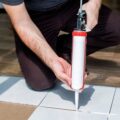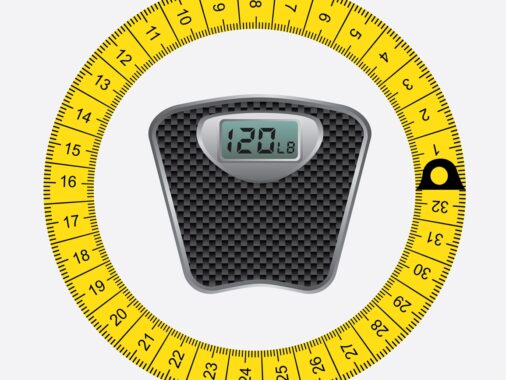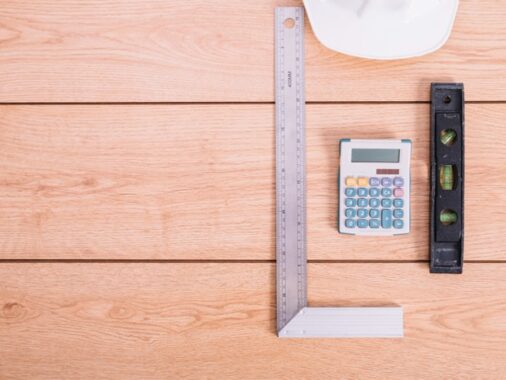Sand Calculator
When it comes to construction, landscaping, or gardening, knowing how much sand you will need can be a game-changer. Imagine planning a beautiful garden or a solid foundation; without the right amount of sand, all your hard work will fall short. This is where a Sand Calculator comes in handy. This simple maths tool simplifies your planning by helping you figure out the exact volume of sand required based on the dimensions of your project.
Formula
To calculate the volume of sand you need, use this formula:
Volume (cubic meters)=Length (m)×Width (m)×Depth (m)
Example Calculation
Take an example: assume you are preparing an area that is 5 meters long and 4 meters wide, and you want to apply 0.1 meters of sand. The calculation would be:
Volume=5×4×0.1=2 cubic meters
Real-Life Applications
The sand calculator isn’t just another tool; it comes in use in various real-life scenarios. The table below will help you understand the same.
| Application | Description | Example |
| Construction | Accurately estimating sand for concrete mixes ensures strong foundations and structural integrity. | Length: 6m, Width: 3m, Depth: 0.15m Volume = 6 × 3 × 0.15 = 2.7 m³ |
| Landscaping | Planning for sand in gardens or pathways allows for aesthetic appeal and functional drainage. | Length: 4m, Width: 2m, Depth: 0.2m Volume = 4 × 2 × 0.2 = 1.6 m³ |
| Playgrounds | Taking care of the right amount of sand in play areas provides safety and cushioning for children. | Length: 5m, Width: 5m, Depth: 0.3m Volume = 5 × 5 × 0.3 = 7.5 m³ |
FAQs about Sand Calculator
Simply input the length, width, and depth of the area you want to cover, and the calculator will provide you with the volume of sand required.
Yes, the principles can apply to other bulk materials like gravel or soil as long as you adjust for the specific density.
For irregular shapes, divide the area into smaller sections, calculate the volume for each section, and then sum them up for the total.





